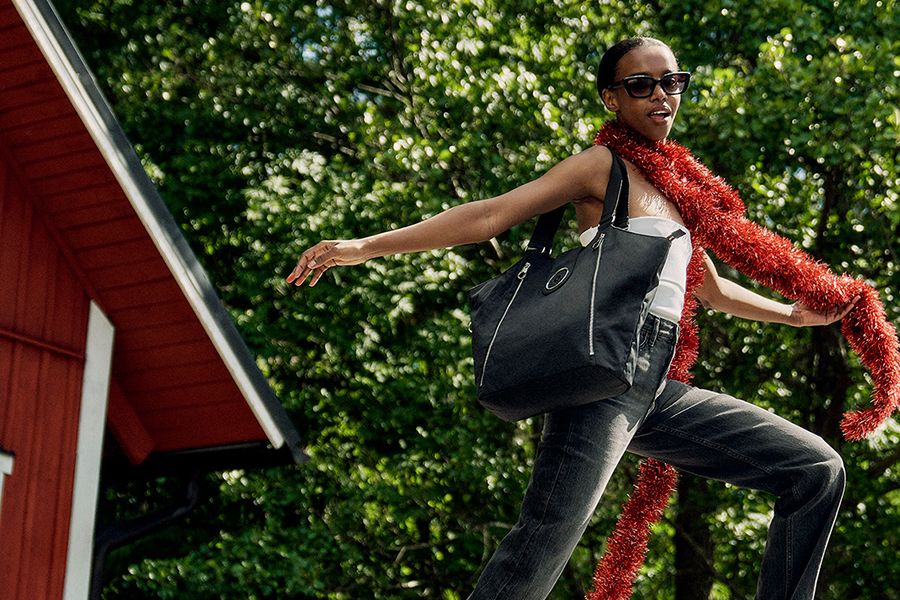What is the best lunch bag?
To choose the best lunch bag for your needs, consider what type of food you'll be packing. Key features include the capacity, the number of compartments, and the level of insulation. Look for materials that are durable and easy to keep clean.
Carrying your food to school or work in a reusable lunch bag is much kinder to the environment than single-use plastics or wrappers. This Kipling guide will help you gather all the information you need to make an informed decision and find a functional and stylish lunch bag.
Use this handy, Kipling checklist to consider the features you need in a lunch bag:
- Capacity: You need enough space to carry the food you are going to bring with you. This will vary from person to person, so try laying out your typical lunch to get an idea of the space you need. A smaller lunch bag may work for carrying snacks inside a handbag, while a larger lunch bag will work better for a full lunch or picnic.
- Size: The outer dimensions of the lunch bag are important if you need to fit it inside a larger backpack or tote bag.
- Compartments: By thinking through your regular lunches, you can identify the configuration of the lunch bag that works for you. You may want a single cavity to store multiple containers inside. Alternatively, you may prefer individual sections for different types of food.
- Insulation: Insulated lunch bags keep your food cool and prevent overheating during the morning. Insulating materials slow down heat transfer, and some lunch bags have additional compartments for ice packs.
- Leaks: The last thing you want is a leak in your lunch bag. Choose leakproof lunch bags that fasten securely and a bag with a water resistant lining.
- Materials: Look for lightweight, durable, easy-to-clean lunch bag materials.
- Style: We carry a variety of lunch bag styles, so take some time to consider the additional features. Handles or straps can help you carry your lunch bag comfortably.
Insulated lunch bags
Insulated lunch bags can be used to keep food hot or cold, depending on what you've packed. The longer your food will be in the lunch bag, or the warmer the conditions, the more insulation you will need in order to keep your lunch at an optimum temperature.
An insulated bag will keep your food cold. Two factors affect the level of insulation you need: the length of time that the food will be in the bag and the room temperature where the bag will be kept. Even with an insulated lunch tote, it is a good idea to keep your food in a fridge if you have one available in your school or workplace.
Kipling lunch bags have an insulated leak-proof lining, and a zipper to secure the opening. They also include features like an extendable, adjustable strap and a trolley sleeve for quick attachment to larger luggage.
Our mantra is to live light and to enable you to live an organized and positive life. Our lunch bags stay true to that philosophy, allowing you to embrace exploration and discovery in everyday life. Carry your lunch in style!

